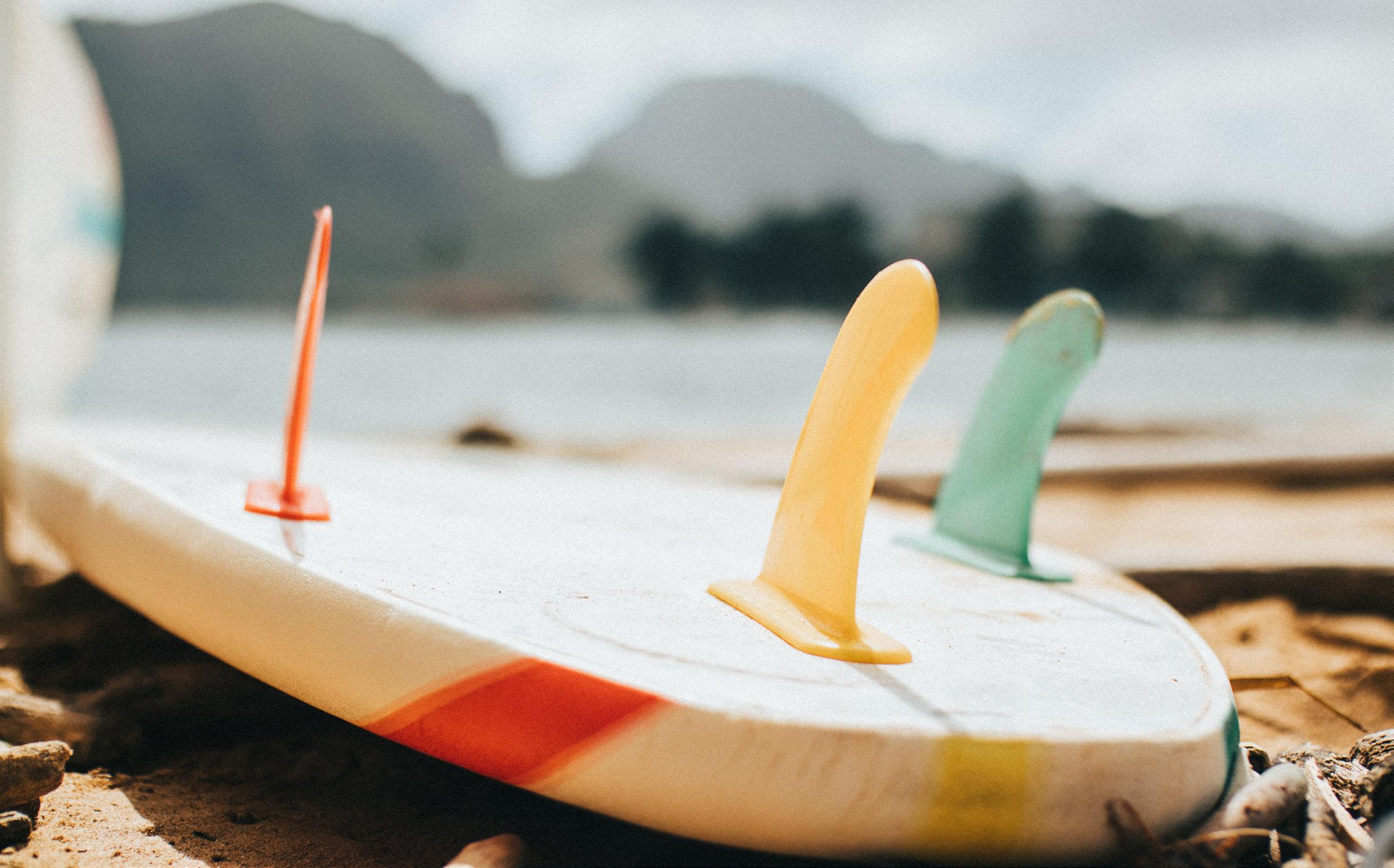
2 minute read
BEHIND the BOARD
Article by Amy Fujimoto
Cultural History
Advertisement
Before Captain James Cook of England first arrived in the Hawaiian Islands in 1779, the Ancient Hawaiians had already been surfing the island’s breaks for well over a thousand years. But instead of being considered a sport or competition, surfing and surfboard building was more of an artistic expression and was closely tied to the Hawaiian religion and their traditional ceremonies.
In Hawaiian, surfing is called “He Nalu” meaning “to slide on waves.” And slide they did! The earliest account we have for surfing is from the crew of Captain James Cook. The English sailors watched in awe as Hawaiians - men and women - surfed the waves on solid wood planks with great skill and ease. However, as the economy of Hawaii shifted towards pineapple and sugarcane plantations after the state’s annexation into the U.S., the small Hawaiian population had little time to relax and play out on the surf. As a result, fewer and fewer people were seen in the ocean surfing over time.
History of the Sport
It wasn’t until the early 20th century when Hawaii slowly emerged as a popular tourist destination, that surfing came back to its original glory. Many famous Hawaiian surfers demonstrated surfing at the shore breaks in California and eventually introduced the sport worldwide.
During the surfing boom of the 1960s, surfers began to seek out the biggest and most dangerous waves they could find. Have you seen the classic movie Endless Summer? Some of the most consistently big waves in the world occur every winter on Oahu’s North Shore, which now hosts many international surf competitions - it’s still the place where the best surfers in the world come to show their stuff.
As of 2020, surfing is now an Olympic sport! Debuting in the 2020 Tokyo Summer Olympics, the very first surfing gold medalists were Carissa Moore from Hawaii, USA, and Italo Ferreira from Brazil.



